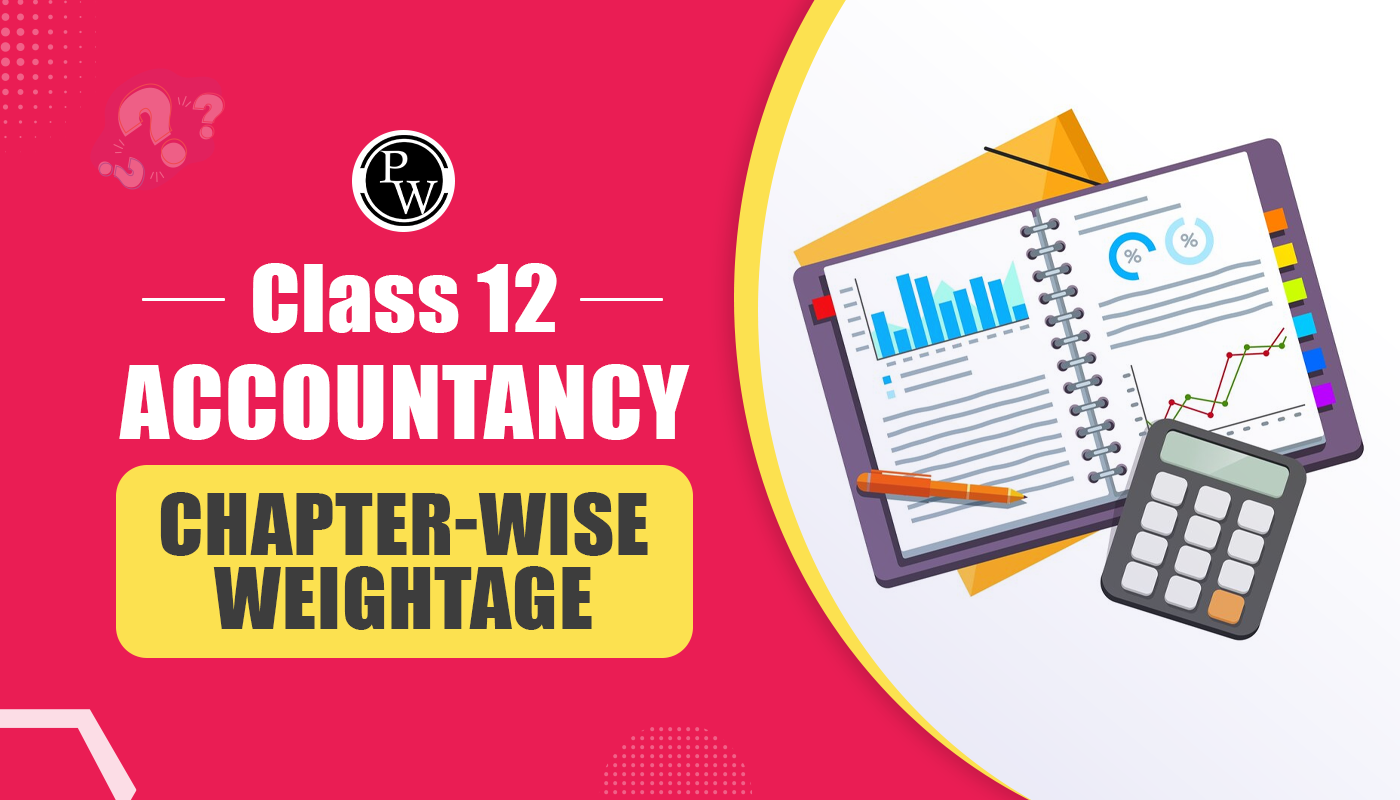
Business risk refers to the probability that a company's profits would be lower than projected or that it will lose money rather than profit. Numerous elements affect company risk, including sales volume, unit pricing, input prices, competition, the larger economic climate, and regulatory limitations.
To handle high business risk, the organization should employ methods and approaches to minimize its impact, successfully navigate its negative effects, and continue to achieve its goals.Business Risk Meaning
In basic words, business risk refers to the potential for undesirable events or circumstances to damage a company's capacity to fulfill its goals and create profits. These hazards may originate from different sources, both internal and external, and may hamper a business's operations, financial stability, or development possibilities. When discussing business risk, we simply talk about the uncertainty and unpredictability that any firm encounters in its everyday operations.Causes of Business Risk
Business risk arises from various factors affecting a company's operations and financial stability. These causes of business risk include:- Market fluctuations
- Economic downturns
- Competition
- Regulatory changes
- Technological disruptions
- Supply chain disruptions
- Management decisions
- Natural disasters
- Political instability
- Consumer preferences
Characteristics of the Business Risk
Business risk exhibits specific characteristics that define its nature. These characteristics include:- Business risk arises from the unpredictable nature of various factors that can affect a company's operations.
- Risks can originate internally, such as poor management decisions, or externally, like economic downturns or competitive pressures.
- The magnitude and impact of risks can vary widely, ranging from minor inconveniences to severe disruptions.
- Business risks persist throughout a company's existence and evolve with changing circumstances.
- While primarily viewed as negative, some risks may present opportunities for growth or innovation.
- Effective risk management strategies can help mitigate the adverse effects of risks.
- Risks are often interconnected, where one risk can trigger or exacerbate others.
- The nature of risks can differ between industries, reflecting sector-specific factors.
Types of Business Risk
Business risks are of different types, each with distinct attributes and potential consequences. Here are some key types of business risk: Financial Risk: Financial risk involves the uncertainty associated with a company's financial obligations and assets. It encompasses risks related to market fluctuations, credit conditions, liquidity, and currency exchange rates. Operational Risk: Operational risk arises from internal processes, systems, and human factors within a company. It includes the potential for errors, equipment failures, supply chain disruptions, and cybersecurity threats. Strategic Risk: Strategic risk is linked to a company's strategic decisions and choices. It encompasses risks associated with market competition, changes in consumer preferences, innovation, and the effectiveness of business strategies. Compliance Risk: Compliance risk pertains to the potential legal and regulatory violations a company may face. It includes the risk of non-compliance with industry-specific regulations, environmental laws, or data protection regulations. Reputation Risk: Reputation risk stems from events or actions that harm a company's image or brand. Negative publicity, product recalls, ethical misconduct, or customer dissatisfaction can all contribute to reputation risk.Business Risk Vs Financial Risk
Business risk and financial risk are two distinct yet interconnected concepts that play vital roles in a company's overall risk profile. Understanding their differences is crucial for effective risk management. Below, we present a table highlighting the key distinctions between business risk and financial risk:| Business Risk Vs Financial Risk | ||
| Aspect | Business Risk | Financial Risk |
| Nature | Arises from factors affecting a company's operations, strategies, and industry-specific conditions. | Originates primarily from a company's financial structure, including debt levels and capital decisions. |
| Scope | Broad and encompasses various internal and external factors, such as market competition, regulatory changes, and supply chain disruptions. | Focused on financial aspects, including interest rate fluctuations, credit risk, and investment volatility. |
| Impact | Affects a company's overall performance, market position, and long-term sustainability. | Primarily influences a company's financial stability, liquidity, and ability to meet its financial obligations. |
| Examples | Market competition, changes in consumer preferences, technological innovation, and supply chain disruptions. | Interest rate fluctuations, credit defaults, investment losses, and currency exchange rate volatility. |
| Mitigation Strategies | Requires a strategic approach, including diversification, innovation, and effective management practices. | Often managed through financial instruments like hedging, asset-liability management, and credit risk assessment. |
| Monitoring Approach | Monitored through strategic planning, market analysis, and ongoing assessment of industry trends. | Monitored using financial ratios, credit assessments, and regular financial reporting and analysis. |
| Long-Term vs Short-Term | Can have both short-term and long-term implications for a company's success and market position. | Primarily focuses on the short-term financial stability and cash flow management of a company. |
How to Measure Business Risk?
By measuring the level of risk, businesses can make informed decisions and implement appropriate risk mitigation strategies. Here are key methods and factors to consider when measuring business risk:- Utilize quantitative models and analytics to evaluate various risk factors, such as market volatility, financial performance, and industry-specific challenges.
- Analyze historical data, including past financial performance, market trends, and risk incidents, to identify patterns and trends that may indicate potential risks.
- Develop and track Key Performance Indicators (KPIs) that are sensitive to changes in business risk, such as debt-to-equity ratio, liquidity ratios, and profitability margins.
- Conduct scenario-based risk assessments to evaluate the impact of various risk events on the company's financial health and operations.
- Stay informed about industry trends and market dynamics, conducting market research to identify emerging risks and competitive pressures.
- Collect input from stakeholders, employees, and industry experts through surveys and feedback mechanisms to identify potential risks that may not be evident through data analysis alone.
- Review external credit reports and ratings from agencies like Moody's or Standard & Poor's to gauge the company's creditworthiness and potential financial risks.
- Monitor economic conditions and indicators like GDP growth, inflation rates, and interest rates, as they can impact it.
How to Reduce Business Risk?
Effective risk reduction methods are vital for sustaining stability and exploiting possibilities. Here are major techniques to lower company risk:- Spread investments, goods, and services across many industries or markets to decrease dependence on a single income source.
- Maintain a healthy balance between debt and equity, and guarantee adequate liquidity to pay short-term commitments.
- Employ financial products like insurance, derivatives, and hedging methods to safeguard against bad occurrences.
- Continuously monitor market trends and consumer preferences to adapt strategies in response to changing conditions.
- Comply with all relevant laws, regulations, and industry standards to reduce legal and regulatory risks.
- Establish backup suppliers and logistics alternatives to mitigate supply chain disruptions.
- Develop and regularly update contingency plans to address potential risks, such as natural disasters or cybersecurity breaches.
- Evaluate investment opportunities based on their risk-return profiles to make informed decisions.
Business Risk FAQs
What are the main types of business risk?
The main types of business risk include financial risk, operational risk, strategic risk, compliance risk, market risk, and more.
How can businesses measure business risk?
Businesses can measure it through quantitative models, historical data analysis, scenario analysis, and risk assessments.
How can businesses reduce business risk?
Businesses can reduce it through diversification, effective financial management, risk mitigation instruments, and contingency planning.
What is risk management in business?
Risk management in business entails recognizing, analyzing, and managing possible risks to safeguard the company's interests and goals.
Why is risk management crucial in business?
Risk management is crucial in a company to avoid losses, safeguard assets, assure compliance, and maintain long-term sustainability.
Talk to a counsellorHave doubts? Our support team will be happy to assist you!

Check out these Related Articles
Free Learning Resources
PW Books
Notes (Class 10-12)
PW Study Materials
Notes (Class 6-9)
Ncert Solutions
Govt Exams
Class 6th to 12th Online Courses
Govt Job Exams Courses
UPSC Coaching
Defence Exam Coaching
Gate Exam Coaching
Other Exams
Know about Physics Wallah
Physics Wallah is an Indian edtech platform that provides accessible & comprehensive learning experiences to students from Class 6th to postgraduate level. We also provide extensive NCERT solutions, sample paper, NEET, JEE Mains, BITSAT previous year papers & more such resources to students. Physics Wallah also caters to over 3.5 million registered students and over 78 lakh+ Youtube subscribers with 4.8 rating on its app.
We Stand Out because
We provide students with intensive courses with India’s qualified & experienced faculties & mentors. PW strives to make the learning experience comprehensive and accessible for students of all sections of society. We believe in empowering every single student who couldn't dream of a good career in engineering and medical field earlier.
Our Key Focus Areas
Physics Wallah's main focus is to make the learning experience as economical as possible for all students. With our affordable courses like Lakshya, Udaan and Arjuna and many others, we have been able to provide a platform for lakhs of aspirants. From providing Chemistry, Maths, Physics formula to giving e-books of eminent authors like RD Sharma, RS Aggarwal and Lakhmir Singh, PW focuses on every single student's need for preparation.
What Makes Us Different
Physics Wallah strives to develop a comprehensive pedagogical structure for students, where they get a state-of-the-art learning experience with study material and resources. Apart from catering students preparing for JEE Mains and NEET, PW also provides study material for each state board like Uttar Pradesh, Bihar, and others
Copyright © 2025 Physicswallah Limited All rights reserved.
Get App









